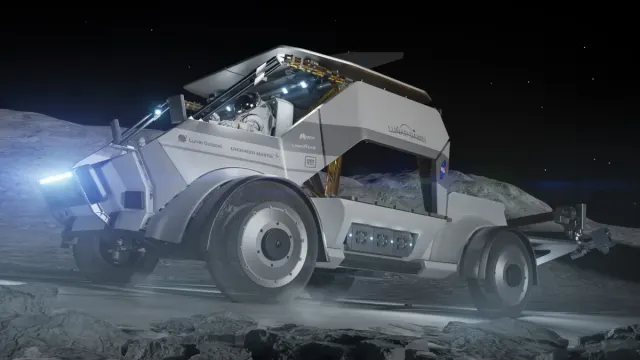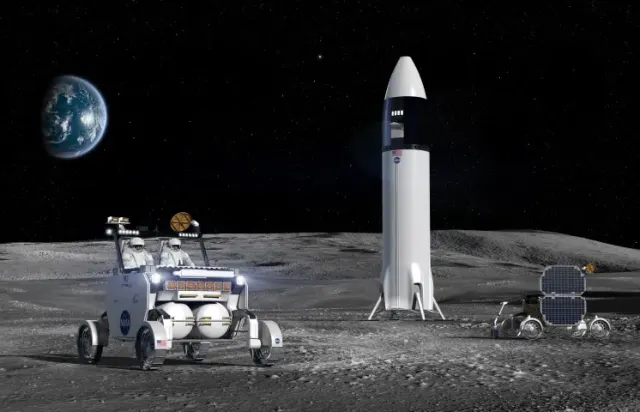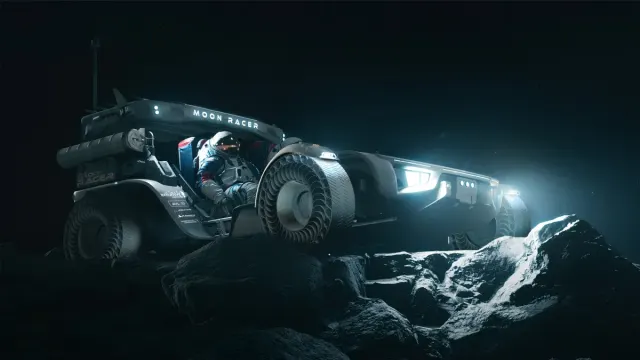In order to assist NASA with their next Artemis missions, three businesses are competing for the chance to launch a lunar vehicle to the moon. This week, the space agency revealed that it has selected Lunar Outpost, Venturi Astrolab, and Intuitive Machines to advance their lunar terrain vehicles (LTVs) in a feasibility study over the course of the following year. Following that, just one is anticipated to be chosen for a demonstration mission, in which the vehicle will be finished and launched to the moon to undergo safety and performance evaluations. Beginning with the Artemis V crew, who are scheduled to launch in early 2030, NASA intends to use the LTV.
The LTV that eventually travels to the south pole of the moon must be able to operate both remotely and with a crew, acting as an astronaut’s vehicle of choice at certain times and a remotely operated exploration vehicle at others. According to NASA, it will hire the selected vehicle for lunar services until 2039, with a maximum value of $4.6 billion for all task orders associated with the LTV. During its downtime, the chosen company will also be allowed to use its LTV for business purposes.


Intuitive Machines, which will be developing an LTV called the Moon Racer, has already bagged multiple contracts with NASA as part of the Commercial Lunar Payload Services (CLPS) program, and in February launched its first lander, Odysseus, to the moon to achieve the first commercial moon landing. Venturi Astrolab will be developing a vehicle it’s dubbed Flex, while Lunar Outpost will be working on an LTV called Lunar Dawn. All must be able to support a crew of two astronauts and withstand the extreme conditions of the lunar south pole.
“We will use the LTV to travel to locations we might not otherwise be able to reach on foot, increasing our ability to explore and make new scientific discoveries,” said Jacob Bleacher, a chief exploration scientist at NASA.





